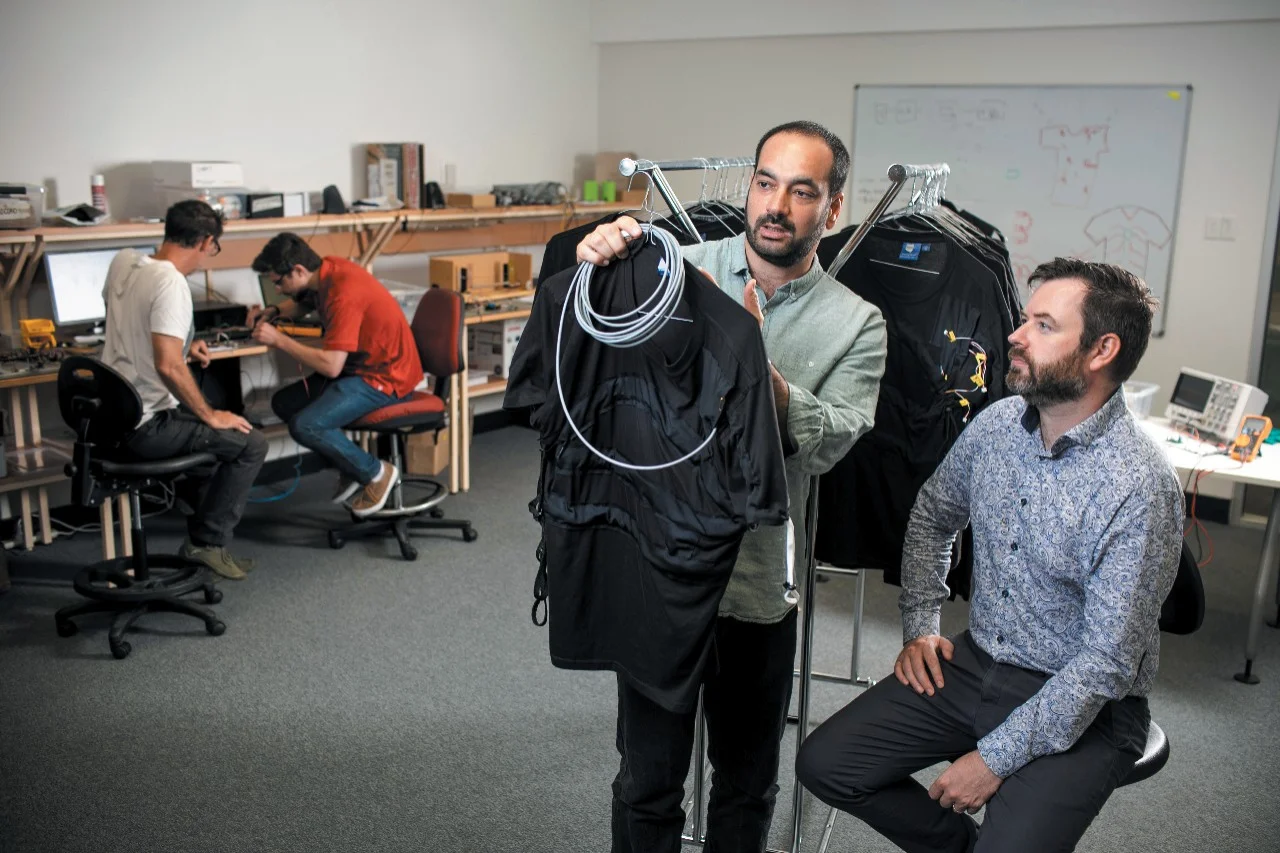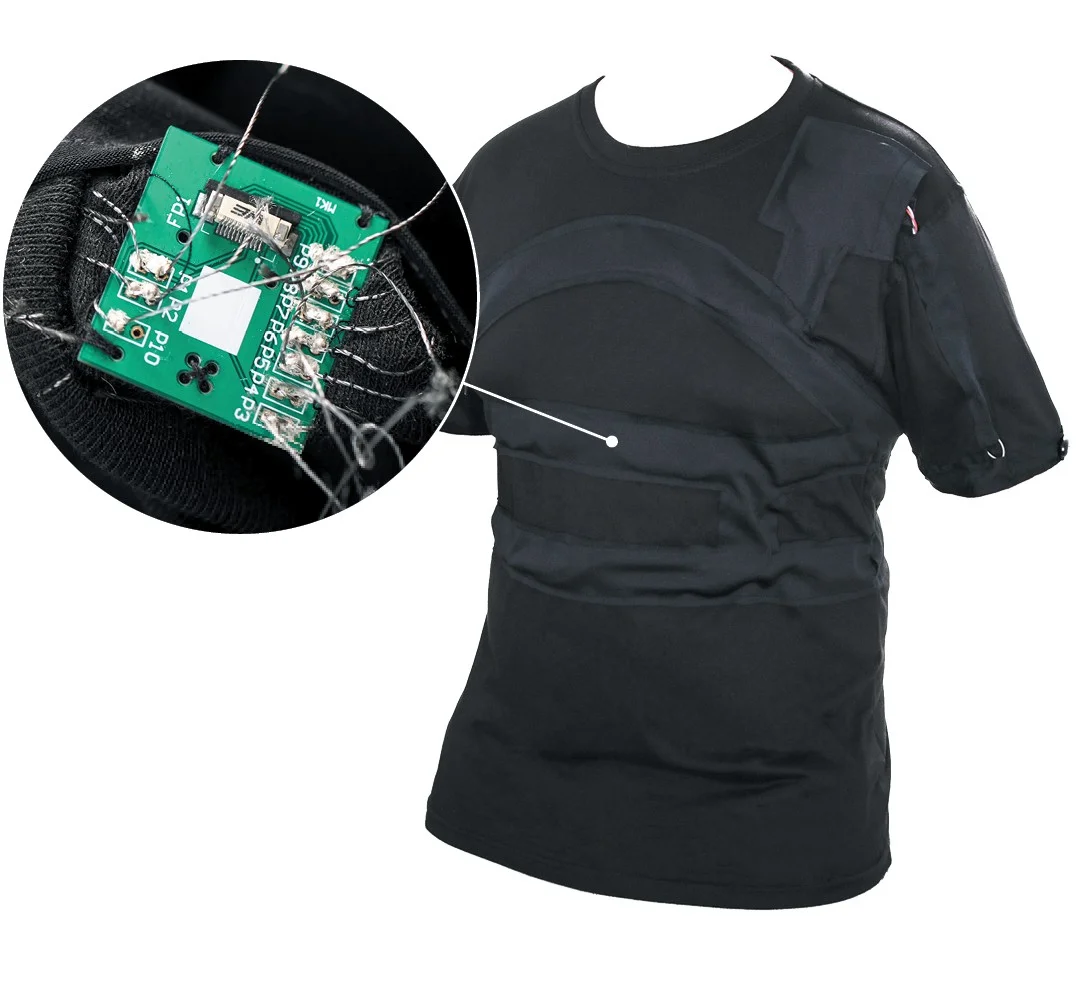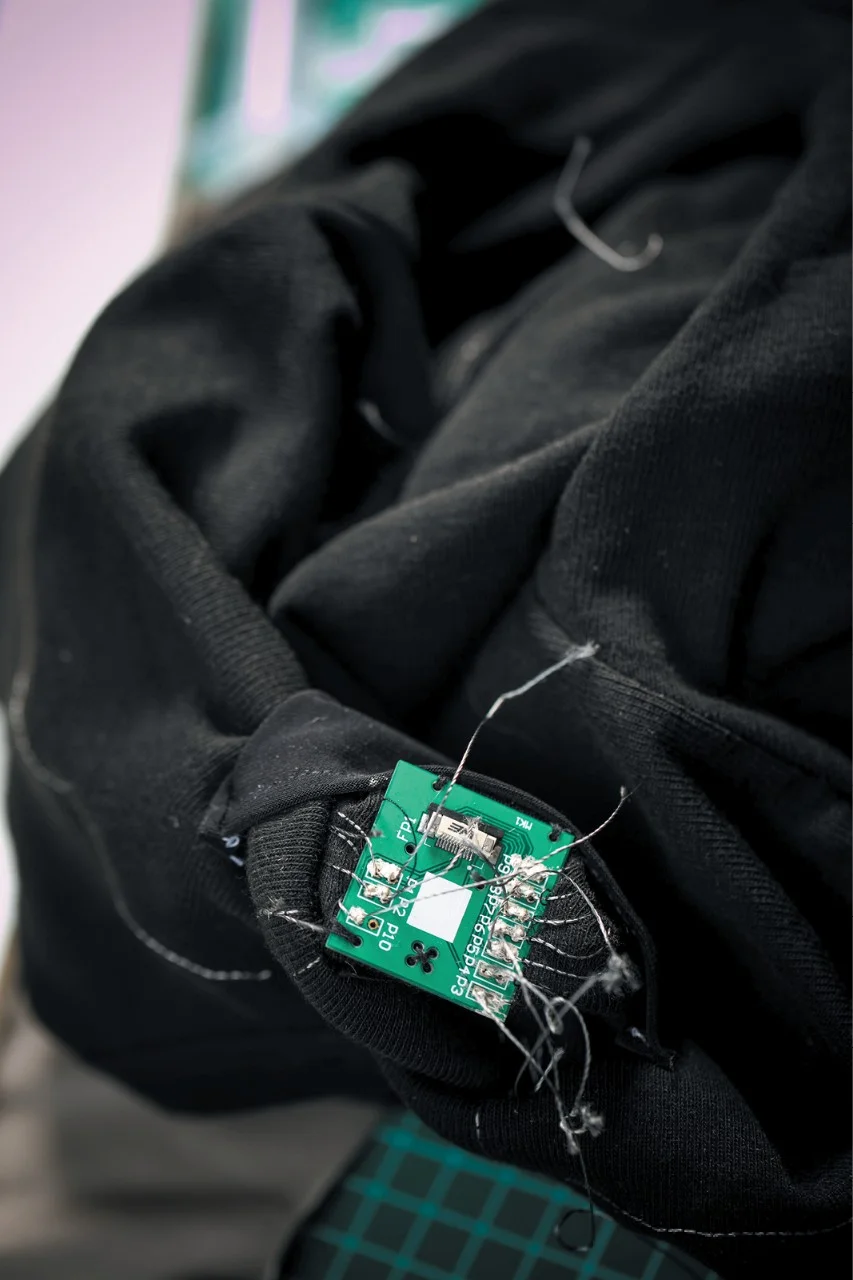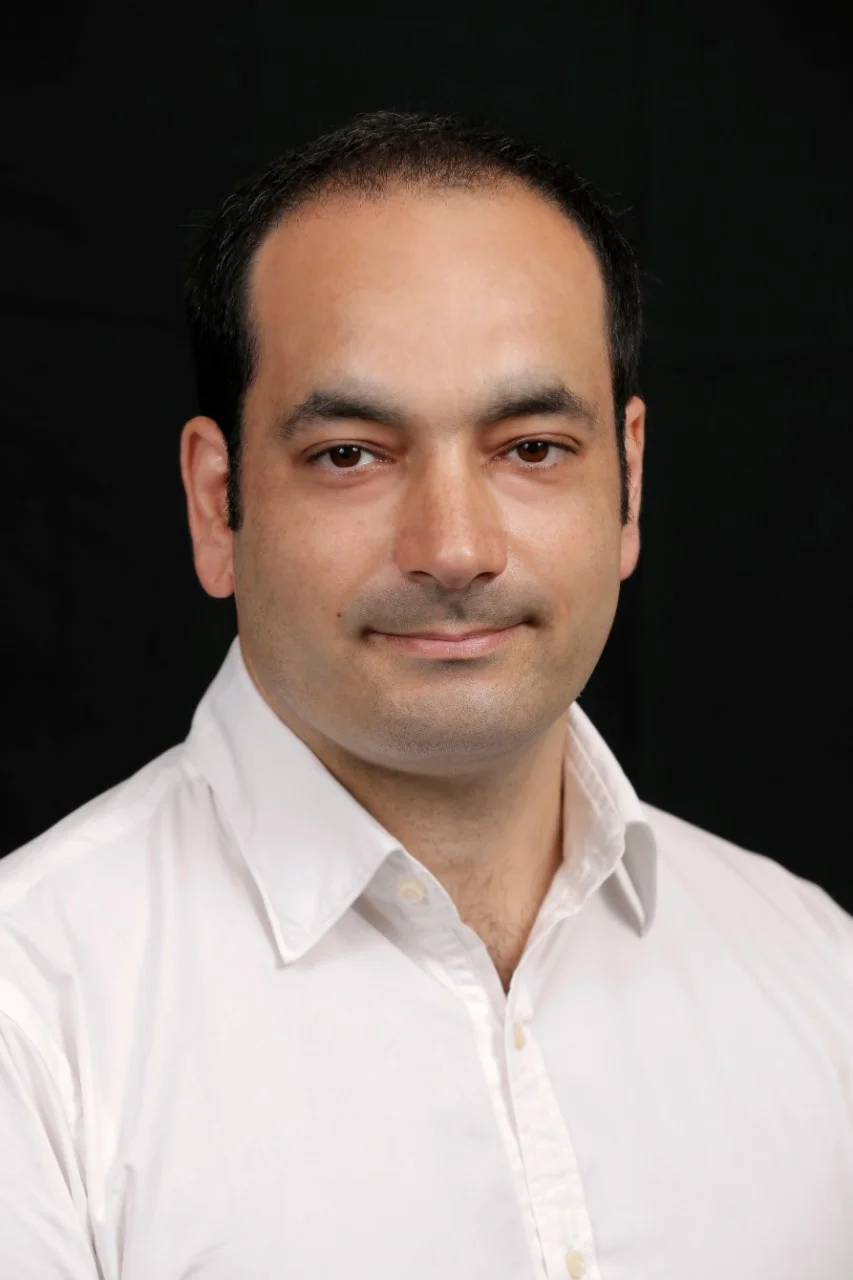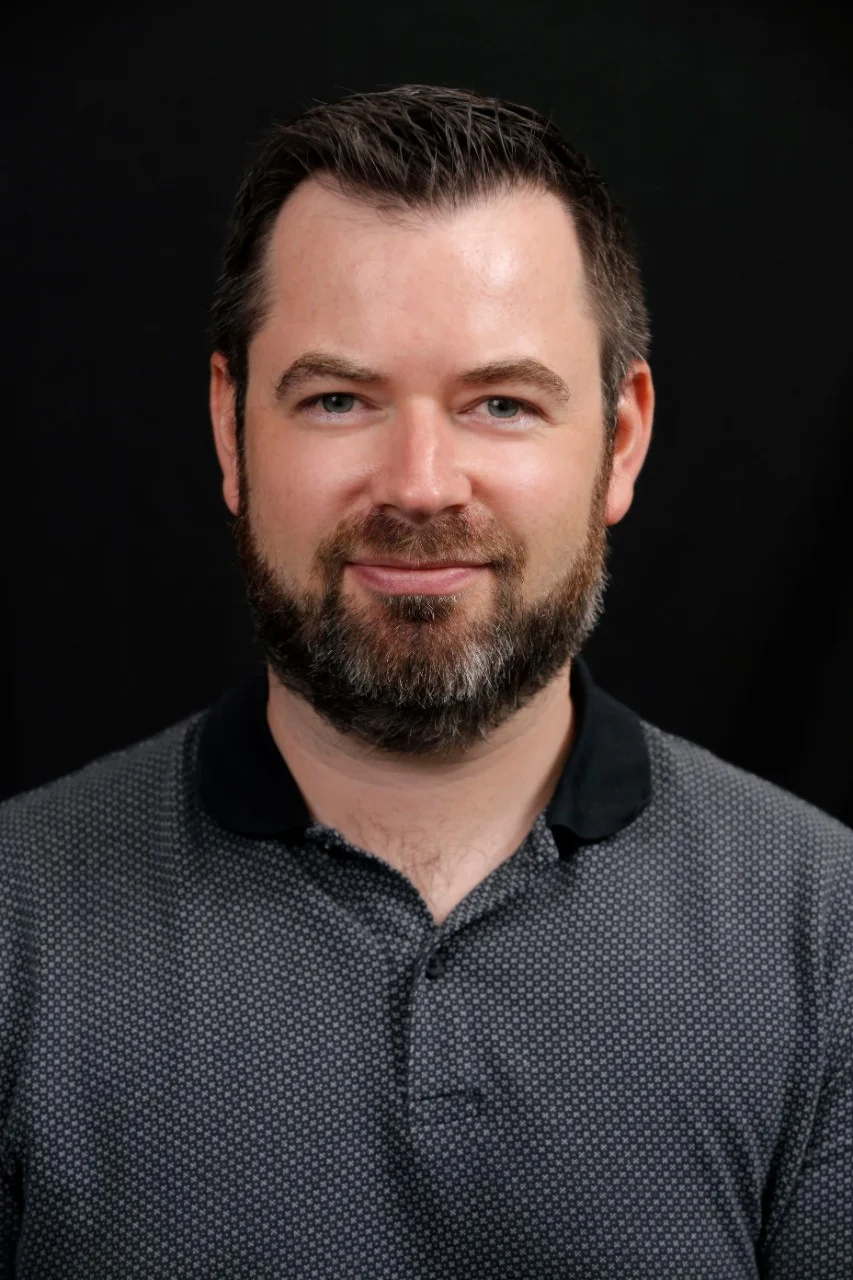Accidental Trip Reveals a Hidden Pathway
You can search for courses, events, people, and anything else.
Unbuttoning his shirt during a presentation was not the way Dr Gaetano Gargiulo imagined he would launch a new medical device. But as the Western Sydney University biomedical engineer revealed the prototype he wore beneath — a seemingly simple T-shirt — he both captivated his audience and potentially brought relief for people with sleep disorders around the world.
Gargiulo and fellow engineer, Associate Professor Paul Breen from Western Sydney University’s MARCS Institute for Brain, Behaviour and Development, introduced their ‘VitalCore’ technology at the industry pitch evening of the 2014 NSW Medical Device Commercialisation Training Programme. Now funded by a Cooperative Research Centre project grant of $10 million-plus, Gargiulo, Breen and the VitalCore team are set to transform how researchers understand sleep.
In Australia, more than a million people suffer from sleep apnoea, a disorder in which the throat briefly closes during sleep, forcing someone to gasp for air several times every hour. The condition disrupts regular sleeping patterns and, if not treated correctly, can lead to high blood pressure, irregular heartbeat, diabetes, and stroke.
Currently, doctors diagnose sleep apnoea and monitor treatments via a sleep study, an invasive procedure that requires patients spending a night in a sleep laboratory with electrodes on their body and catheters run down their nose and throat. These single-night sleep studies give no indication of how behavioural factors, such as alcohol intake, or environmental factors, such as pollen count, might influence sleep apnoea from night to night.
“The VitalCore alternative is so simple, we had a hard time explaining it to other engineers,” Gargiulo says. The researchers had been investigating a new method for monitoring blood flow when they discovered that the sensors strips they were using — silicon rubber bands doped with silver or carbon —were sensitive enough to pick up minute volume changes in the limbs or chest due to the blood pulsing underneath the stretched sensors.
Place a hand on your chest and you’ll notice it expand and contract with every breath, as well as the smaller fluctuations of your heartbeat. Sewn into the VitalCore T-shirt, Breen and Gargiulo’s sensor strips wrap around the torso. A low current fed through the sensors by a battery produces a voltage, and as the wearer breathes or their heart beats, the sensors stretch and the voltage changes.
Need to know
- More than a million people suffer from sleep apnoea in Australia
- Sleep apnoea is typically diagnosed via a laboratory sleep study
- VitalCore is a T-shirt that can monitor a person’s sleep in their own homes continuously over multiple nights
Sleeping Easy
“It’s like a second skin,” Breen explains. “The sensors move with the skin to capture the very smallest of fluctuations.” Next-generation Bluetooth technology then relays the sensor’s voltage data to an app which analyses the signals to reveal how often the wearer breathes, the volume of their breaths and how often they swallow — providing a snapshot of disturbance during sleep.
To begin an at-home sleep study, a patient simply slips on the VitalCore T-shirt, switches on an app and goes to sleep.
To commercialise VitalCore, Gargiulo and Breen licenced the technology to Medical Monitoring Solutions, led by Neil Anderson, the former CEO of medical devices company, Oventus Medical. The team work closely with this company and are working with Oventus Medical, CSIRO and Neuroscience Research Australia (NeuRA) to refine the prototype and run clinical trials.
Danny Eckert is leading the VitalCore clinical trials at NeuRA. “I’m excited about rolling out studies that we typically do in the lab into the home to get some insights on how treatments are going over time,” he says.
Eckert, who has been studying sleep and respiration for more than 15 years, says that while VitalCore is still in its early days, initial results are promising. He sees the technology as “a really powerful research tool, given how easy it is to use and wear”.
For now, Breen and Gargiulo are focusing on developing the VitalCore for monitoring sleep apnoea. But they say the revolutionary technology could have several other medical applications, and may even one day be used by elite athletes to track performance in real time.
“Our technology is really invisible – that’s where I think we have the edge,” says Breen. “As researchers, we want to work on stuff that looks like the future. VitalCore looks like the future.”
Meet the Academic | Dr Gaetano Gargiulo
Gaetano Gargiulo is a Research Lecturer in biomedicainstrumentation and data analysis. He received his ‘Laurea Magistalis’ (MS equivalent) in electronic engineering (bioelectronics specialisation) from ‘Federico II’ the University of Naples in 2006 and his PhD in biomedical instrumentation and biomedical data
analysis from ‘Alma Mater’ University of Bologna in 2010.
During his PhD and until early 2012, Gaetano worked for an Australian company (HEARD Systems) researching non-invasive pregnancy detection in large farm animals. Gaetano has authored and co-authored more than 40 peer reviewed papers, edited two scholarly books and is listed as inventor on seven PCT patents.
His research interests are: non-invasive foetal monitoring, Brain Computer Interface (BCI), non-invasive cardio-vascular monitoring, haemodynamic, Inverse modelling and bio-inspired systems.
Meet the Academic | Associate Professor Paul Breen
Associate Professor Breen received his B.Eng. Degree in Computer Engineering (First Class Honours) in 2003 and his Ph.D. Degree in 2007, both from the University of Limerick. His Ph.D. research investigated the application of Neuromuscular Electrical Stimulation for blood flow assistance.
He was awarded a Government of Ireland Postdoctoral Fellowship in 2007 from the Irish Research Council for Science, Engineering and Technology to continue this work. In 2008 he was awarded a Postgraduate Certificate in Teaching and Learning in Higher Education from NUI Galway.
He has worked in collaborator labs at Roessingh Research & Development, Enschede, The Netherlands and Harvard Medical School, Boston, USA and Western Sydney University.
In 2012 Associate Professor Breen joined the Bioelectronics & Neuroscience Research Program at The MARCS Institute in the role of Senior Research Lecturer. His research interests involve investigating the potential of subsensory electrical noise as a treatment for the loss of sensory function.
This work aims to restore lost neural functionality where it is impaired through neuropathy. He also has a long-standing interest in peripheral haemodynamics and the use of neuromuscular electrical stimulation to address the issue of chronic venous insufficiency and other peripheral cardiovascular conditions.
Related Articles
Credit
This project was funded through a Cooperative Research Centre Project Grant.
© Michael Amendolia
Future-Makers is published for Western Sydney University by Nature Research Custom Media, part of Springer Nature.

